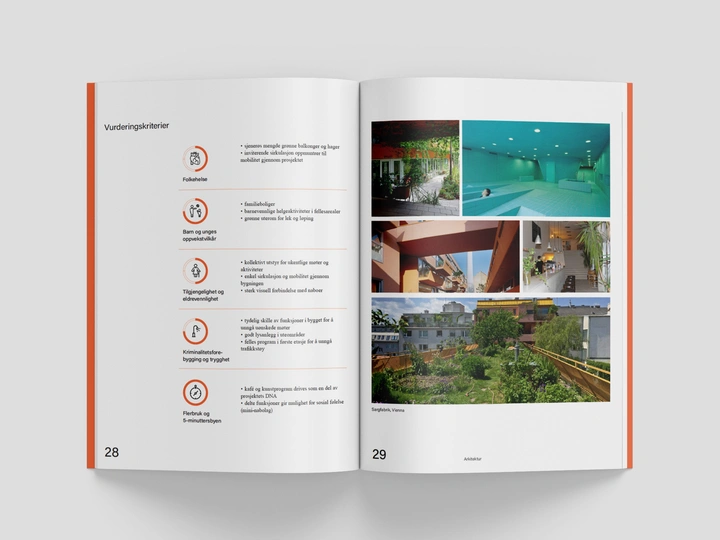Social sustainability and the planning of Hillevåg

Erika Brandl
Stine Madland Kaasa
Jakob Røsvik
3RW arkitekter (founded 1999) is a Bergen-based office with a playful portfolio built on practical experience, engaged socio-cultural work and creativity. It focuses on architecture, landscape, planning and design, and has constructed dozens of projects in Norway. The Avdeling for Byutvikling (Department for Urban Development) of Stavanger Municipality oversees the planning of the city's various neighborhoods, with a focus on architectural adequacy, sustainability and heritage conservation.
Stavanger Kommune + 3RW’s project consists in a multiform, normative dossier which documents and orients the future planning of the formerly industrial neighborhood of Hillevåg, in the south of Stavanger. The goal of the study is to use Hillevåg as a material case study for the realization of social sustainability in Nordic urban environments. While the concept has now become near-ubiquitous, socially sustainable designs remained formally and conceptually under-defined. Through our use of contextualized definitions, contemporary references, diagrams, or policy document excerpts, we attempt at composing an architectural portrait of social sustainability, and test its implications for the development of Hillevåg. So, the study is declined along various formats; each format functions as a pedagogical tool for targeted actors: city planners, architects and designers, city residents. Our in-depth catalogue of examples is divided in seven themes: 1) Architecture and Building Cultures, 2) The Productive City, 3) Urban Furniture, 4) Green infrastructure, 5) Transformations and temporary measures, 6) Inclusive Streets and 7) Neighborhoods. The catalogue is designed as a learning, open-access document on the multiple forms that social sustainability takes – site pictures, drawings, data and text analysis demonstrate that socially sustainable futures have as much to do with ownership models, relation networks and State-funded programs as with buildings, streets and parks. Renderings and plans of three focus areas of Hillevåg are then shown as one practical, possible version of Hillevåg. It represents our answer to the question: how do we ensure that our cities develop towards just, desirable futures? In other words, how can we ensure that they develop humanely?